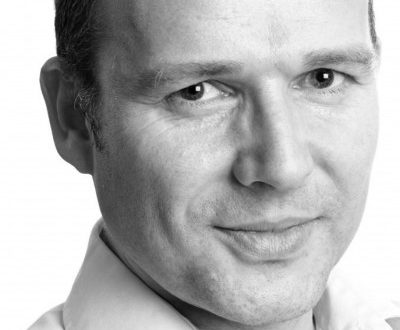As more and more renewable energy comes on to the grid, networks are having to deal with more intermittent supplies from wind and solar power.
Energy storage using batteries and other technologies are one answer, enabling surplus energy that is produced at times of low demand to be stored and used later, when more power is needed. Demand response management is another option, where large electricity consumers switch off at times of high demand to enable the system to cope without needing to deploy extra power stations.
Now Google has come up with another option, one that could transform the way companies consume power in future, particularly those that operate data centres. “This version has a twist—a twist so big that it’s really an inversion of the concept,” says Bloomberg’s Nathaniel Bullard. ““Rather than responding to high demand by shutting things off, Google will respond to high supply by turning things on.”
Instead of storing off-peak power to use later, or reducing consumption at peak times, it plans to shift its power consumption according to how much greenhouse gas is being produced by the grid, moving some functions to times when the grid is at its greenest because wind and/or solar resources are operating at high capacity.
Google has been one of the biggest corporate buyers of renewable energy, but it could not always match the energy produced to its demand use. This latest move is part of the company’s plan to use only carbon-free energy 24/7, and Google calls it Carbon-Intelligent Computing. The system, designed for hyper scale data centers, is designed “to shift the timing of many compute tasks to when low-carbon power sources, like wind and solar, are most plentiful,” says Ana Radovanovic, technical lead for carbon-intelligent computing.
“This is done without additional computer hardware and without impacting the performance of Google services like Search, Maps and YouTube that people rely on around the clock,” she adds. “Shifting the timing of non-urgent compute tasks—like creating new filter features on Google Photos, YouTube video processing, or adding new words to Google Translate—helps reduce the electrical grid’s carbon footprint, getting us closer to 24×7 carbon-free energy.”
So in a market where there is a lot of solar capacity, Google would move tasks to the middle of the day, when the sun is shining brightest, while if there is a lot of wind power on the system, more functions would move to the morning and the evening, when the wind is strongest.
“Early results demonstrate carbon-aware load shifting works. Results from our pilot suggest that by shifting compute jobs we can increase the amount of lower-carbon energy we consume,” Radovanic says.
The scheme differs from most traditional demand response schemes, which focus on consumption from applications like cooling, refrigeration, heating and industrial uses, while Google is looking just at energy consumption in its data centers, which have already maximized energy efficiency measures yet still consume huge amounts of power.
The first version of the platform focuses on shifting tasks to different times of the day within a single data center, but Google envisages being able to move them between different data centers so that those that are more environmentally friendly do more work.
“Our plan for the future is to shift load in both time and location to maximize the reduction in grid-level CO2 emissions,” Radovanic adds. “We hope that our findings inspire other organizations to deploy their own versions of a carbon-intelligent platform, and together, we can continue to encourage the growth of carbon-free electricity worldwide.”
There are limitations to this approach – as Bullard points out, “I can hardly change my home air conditioning demand by cooling someone else’s house and not every company will be able to shift its energy demand around the globe in quite the same way.”
But there is huge potential for companies that run multiple data centers, such as Microsoft, Facebook and Amazon, while other high energy users will be able to shift usage to ensure they have the greenest energy mix possible. And because new-build renewable energy is the cheapest source of power on the grid, they may save money as well.

 Iran Energy News Oil, Gas, Petrochemical and Energy Field Specialized Channel
Iran Energy News Oil, Gas, Petrochemical and Energy Field Specialized Channel



